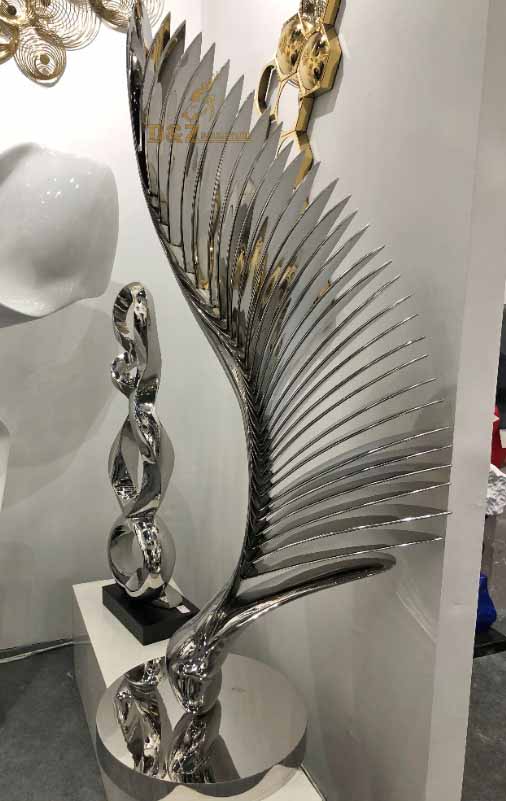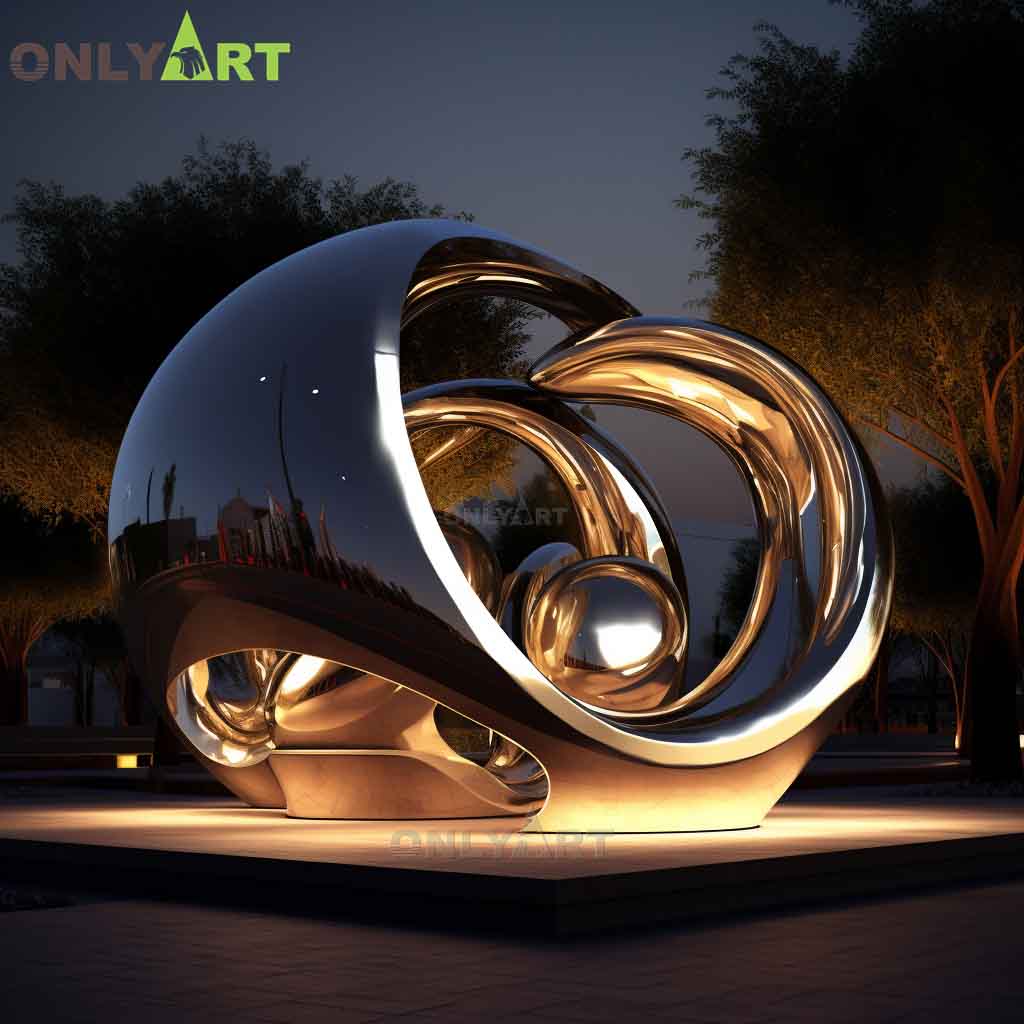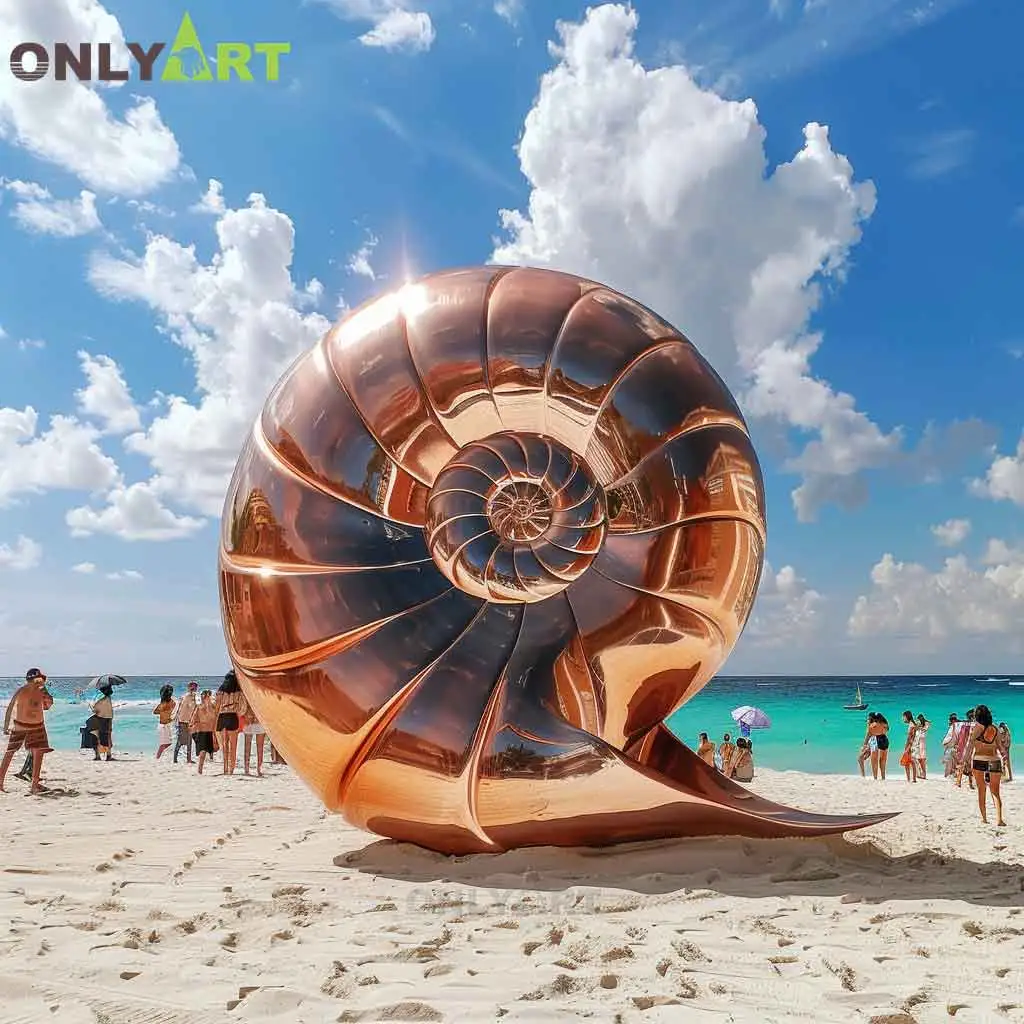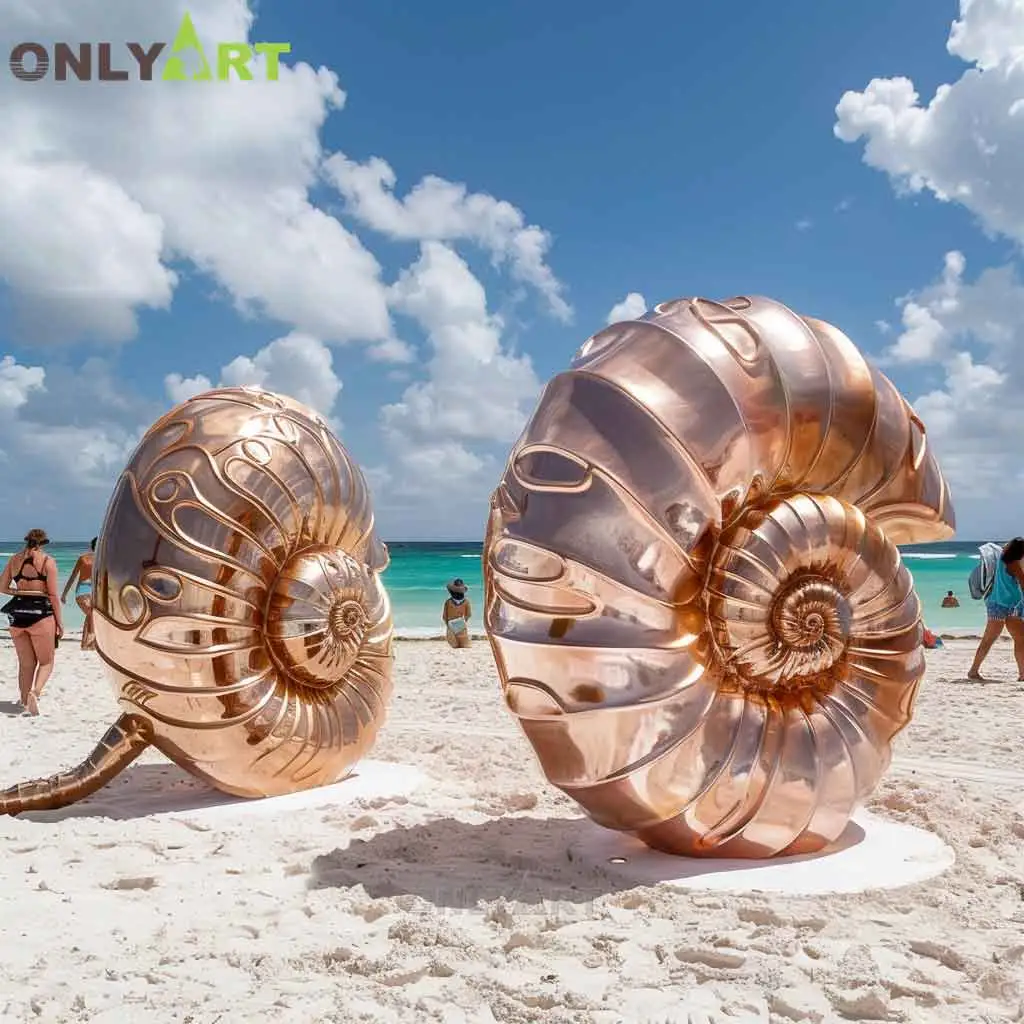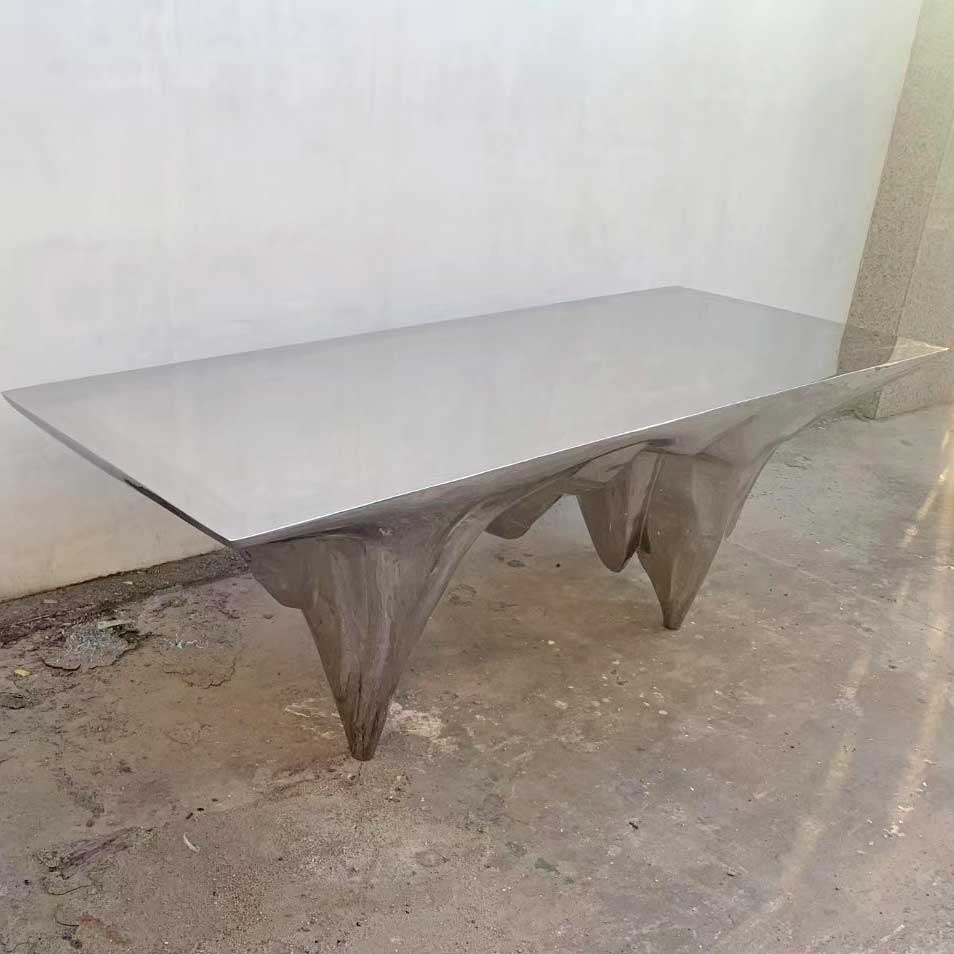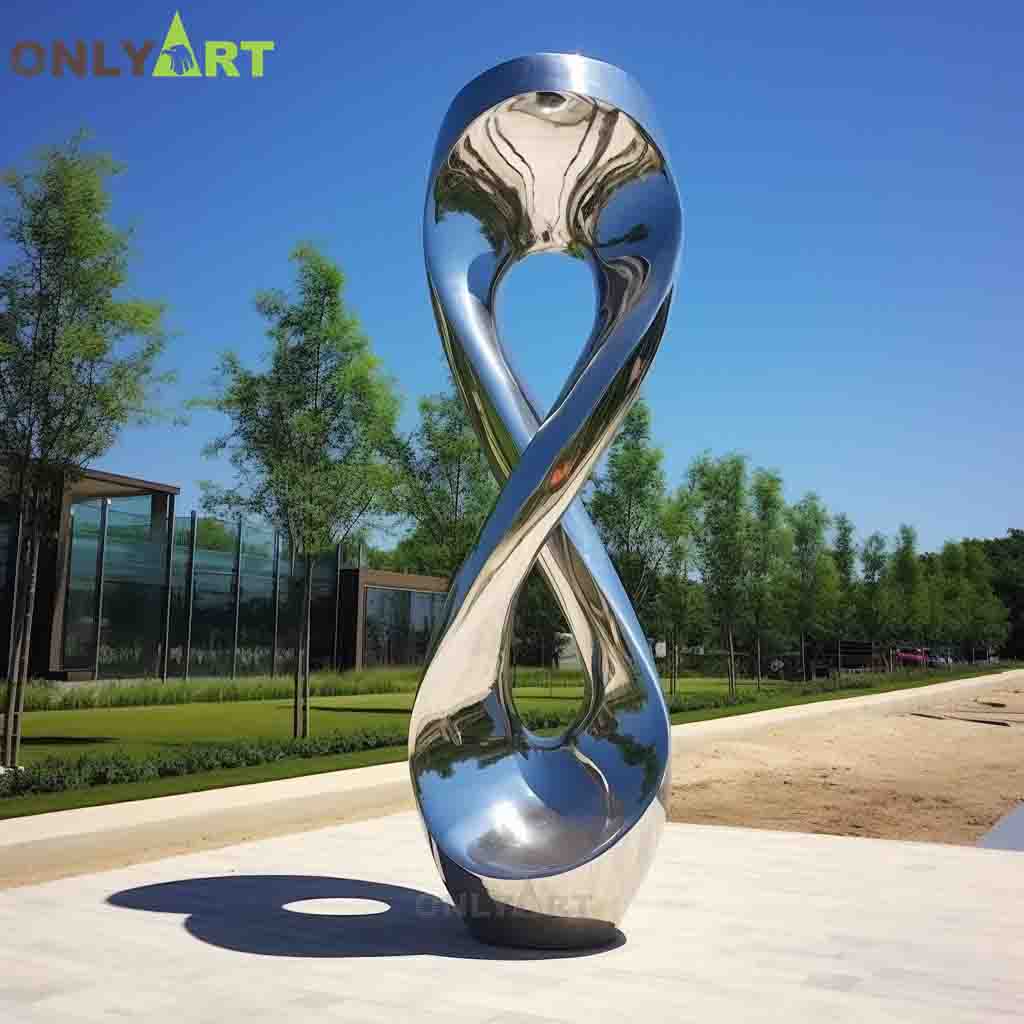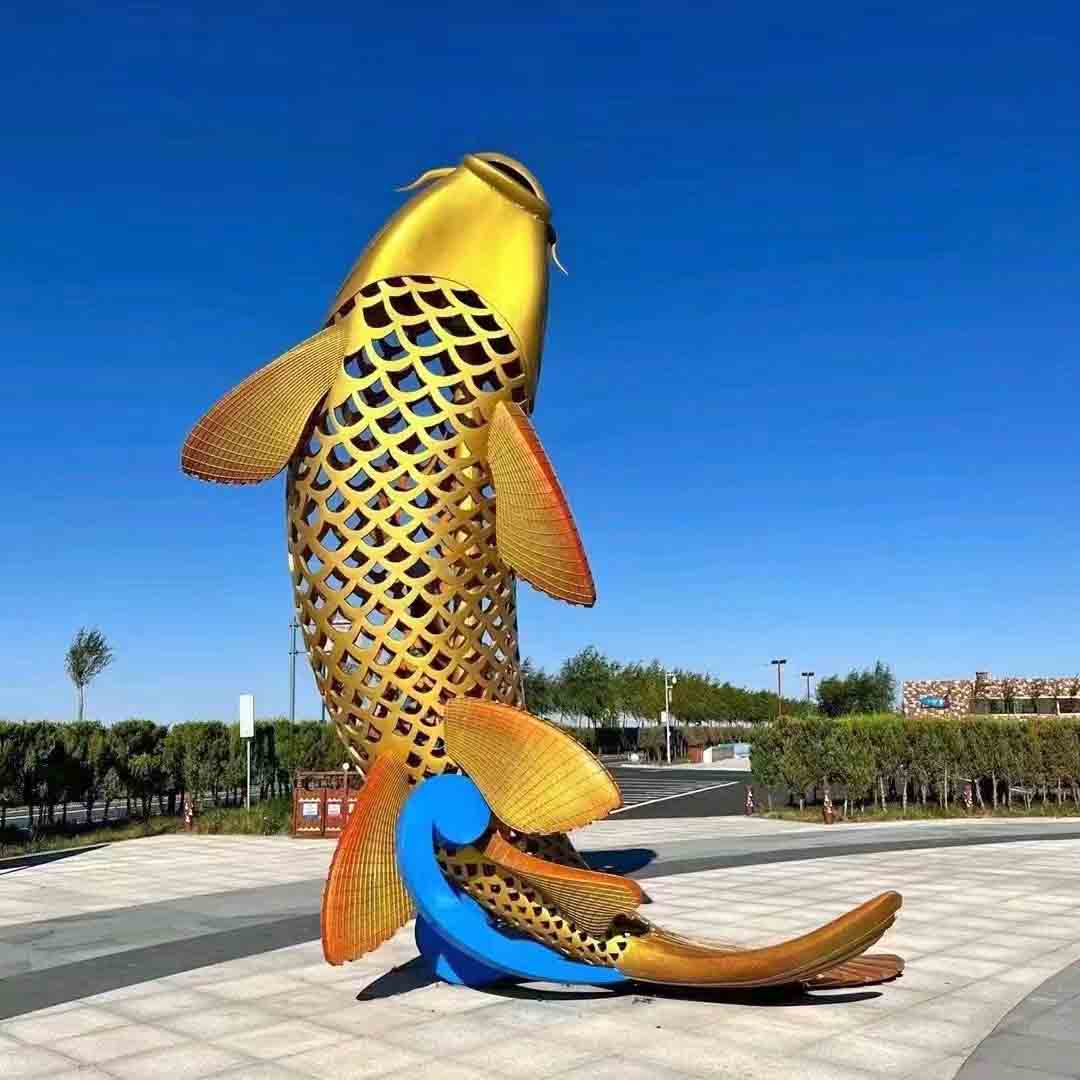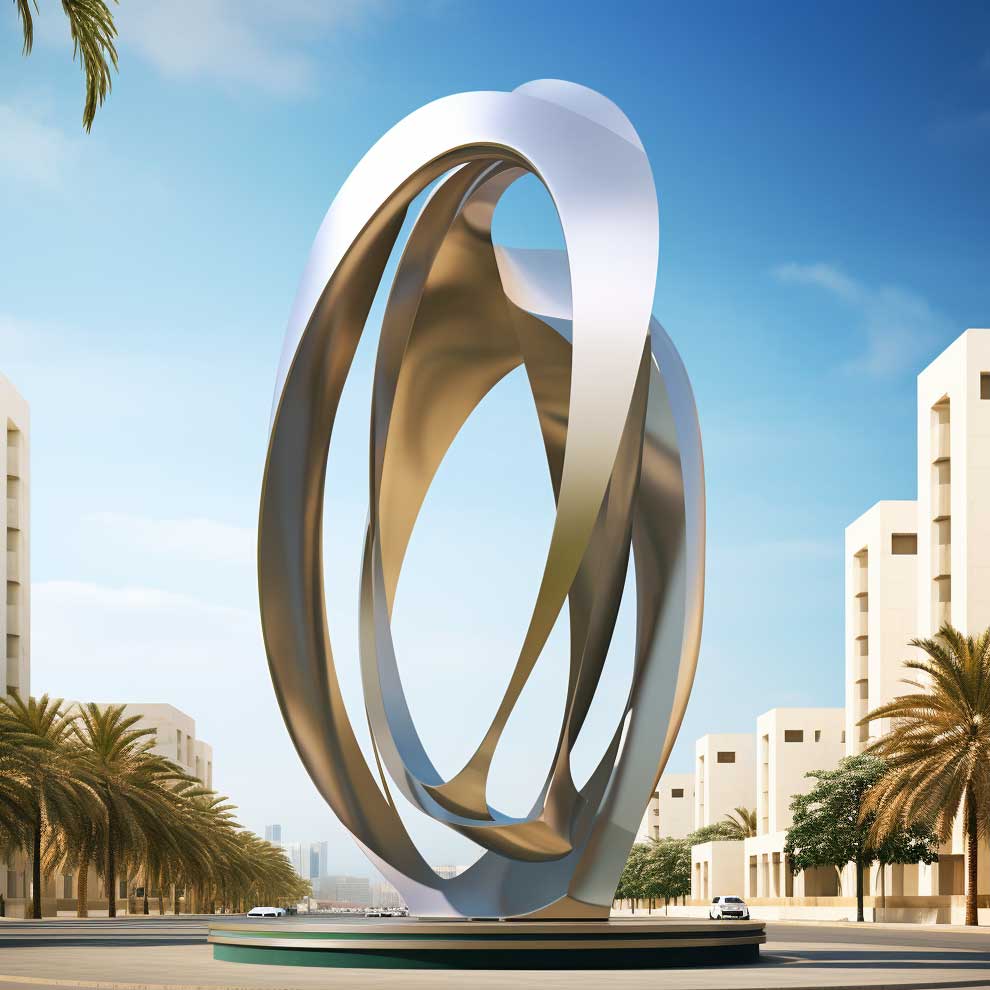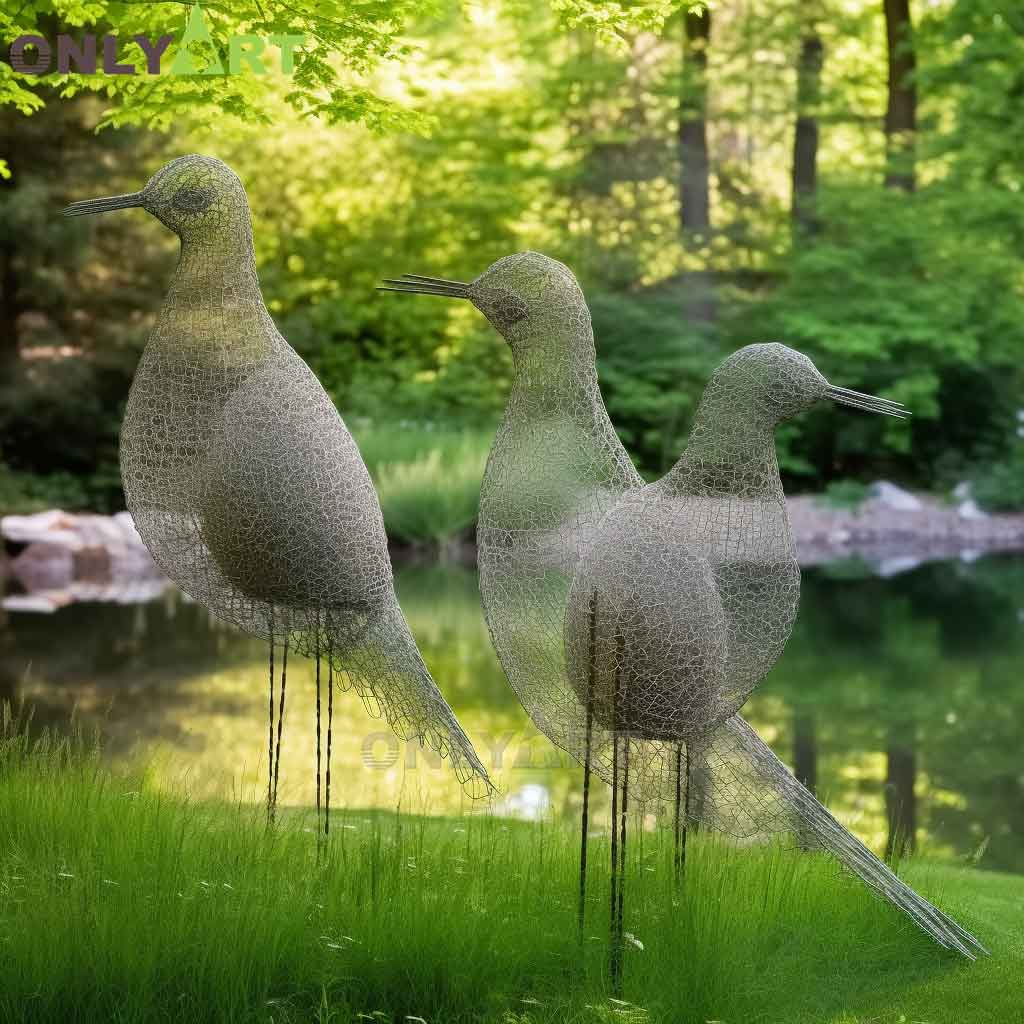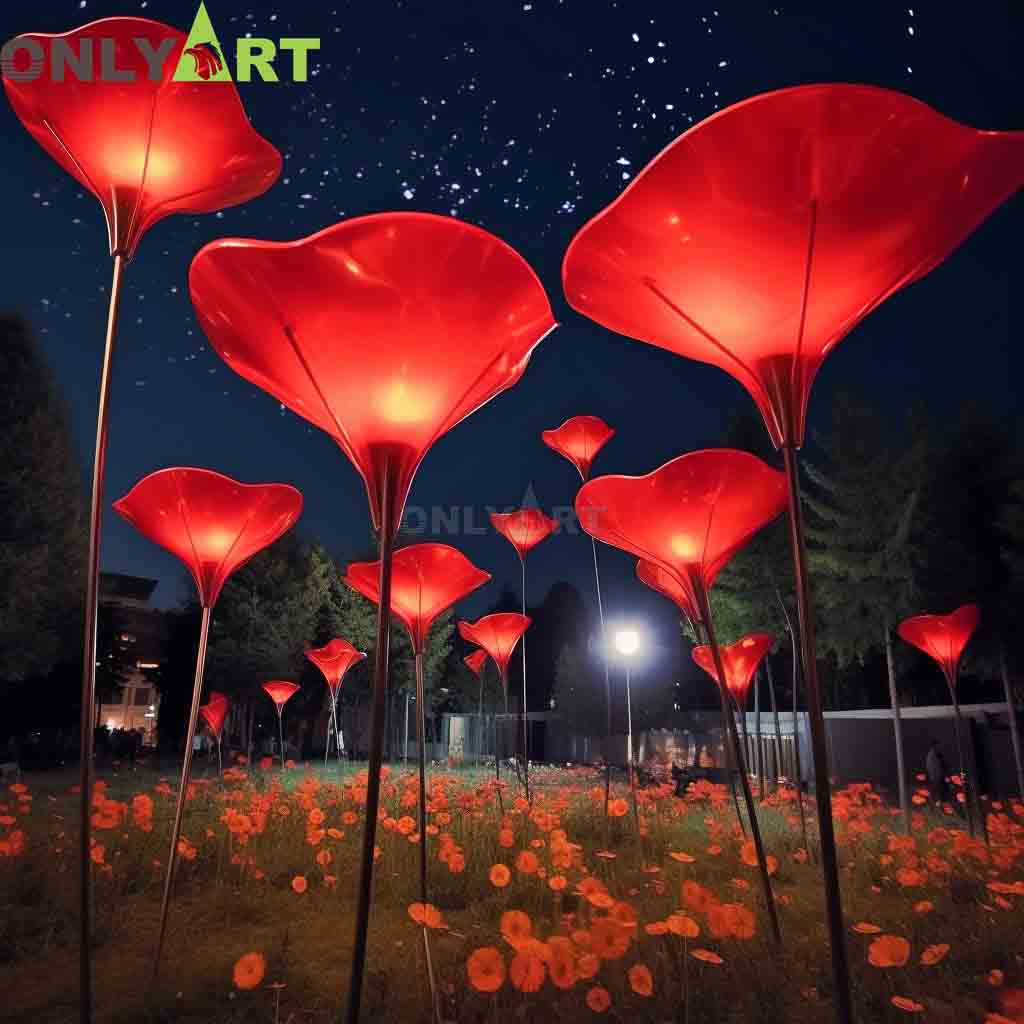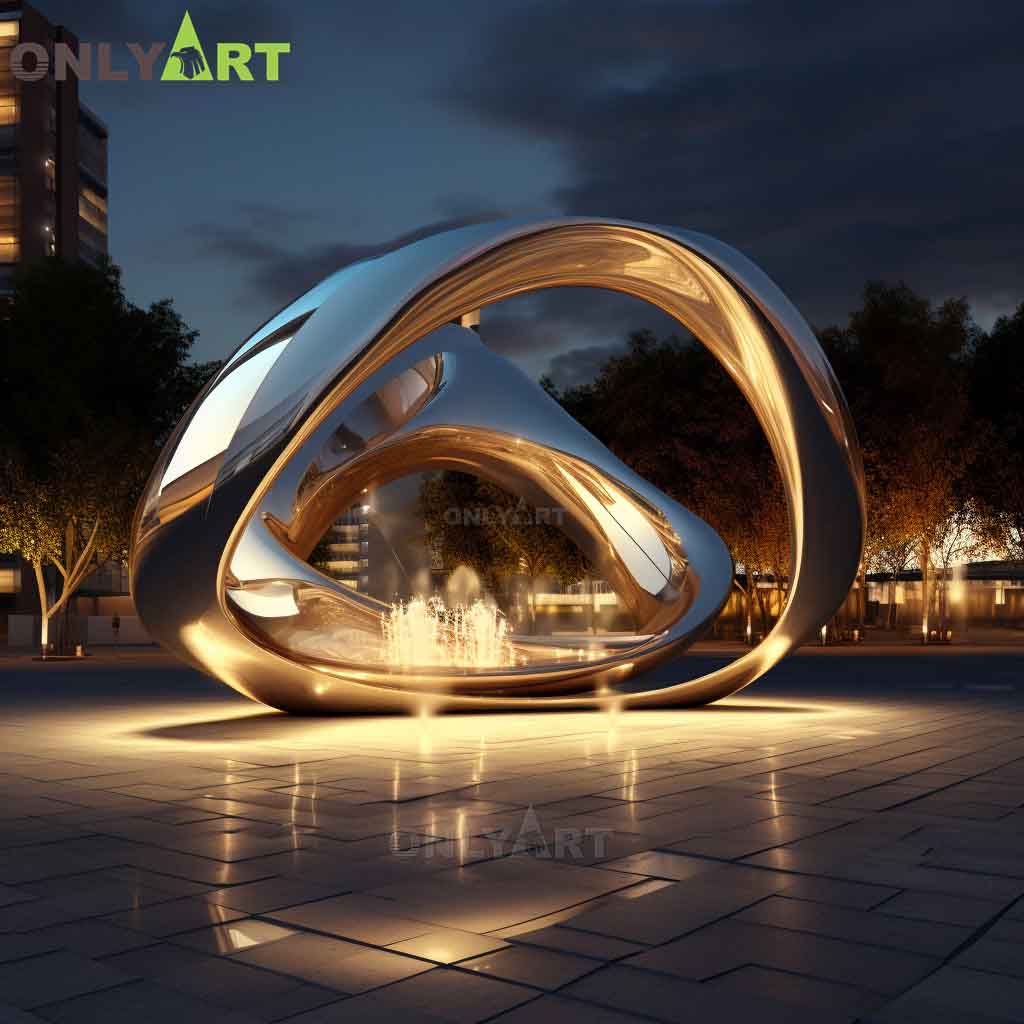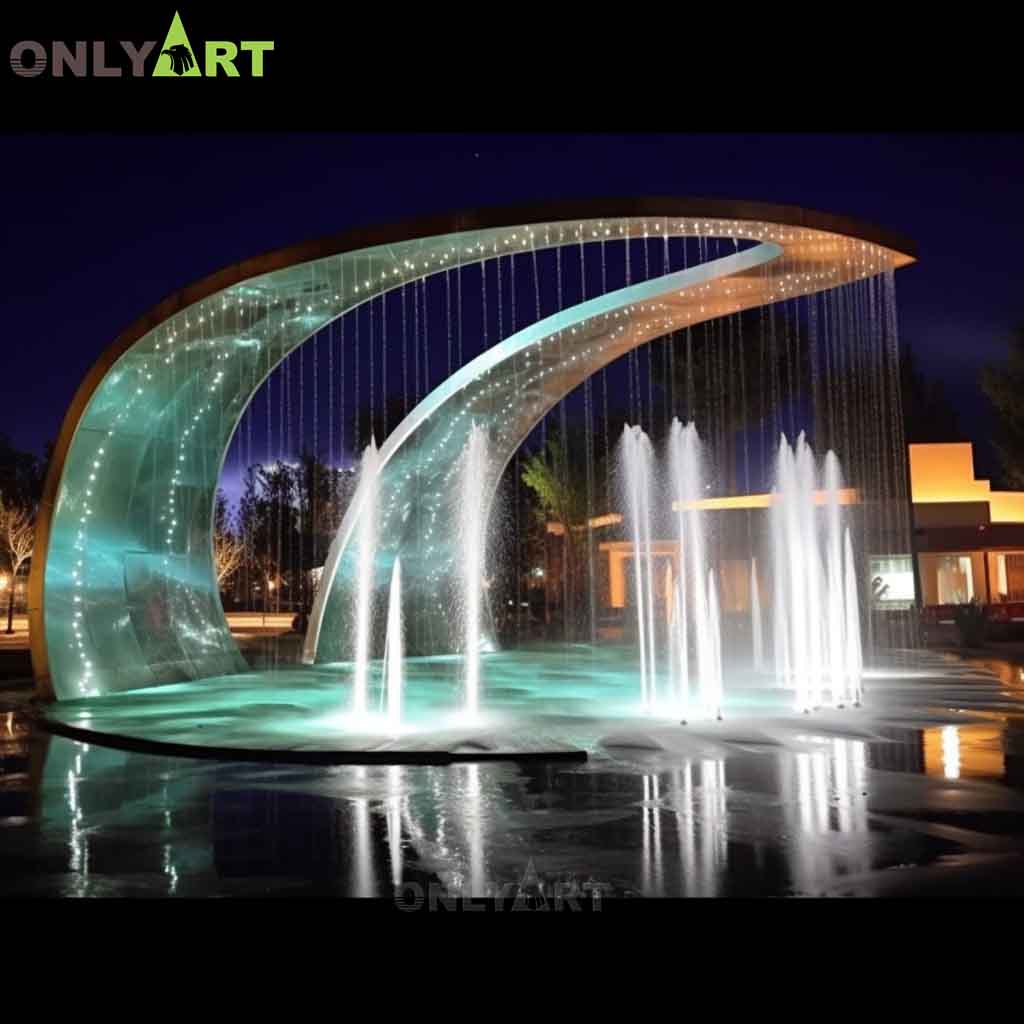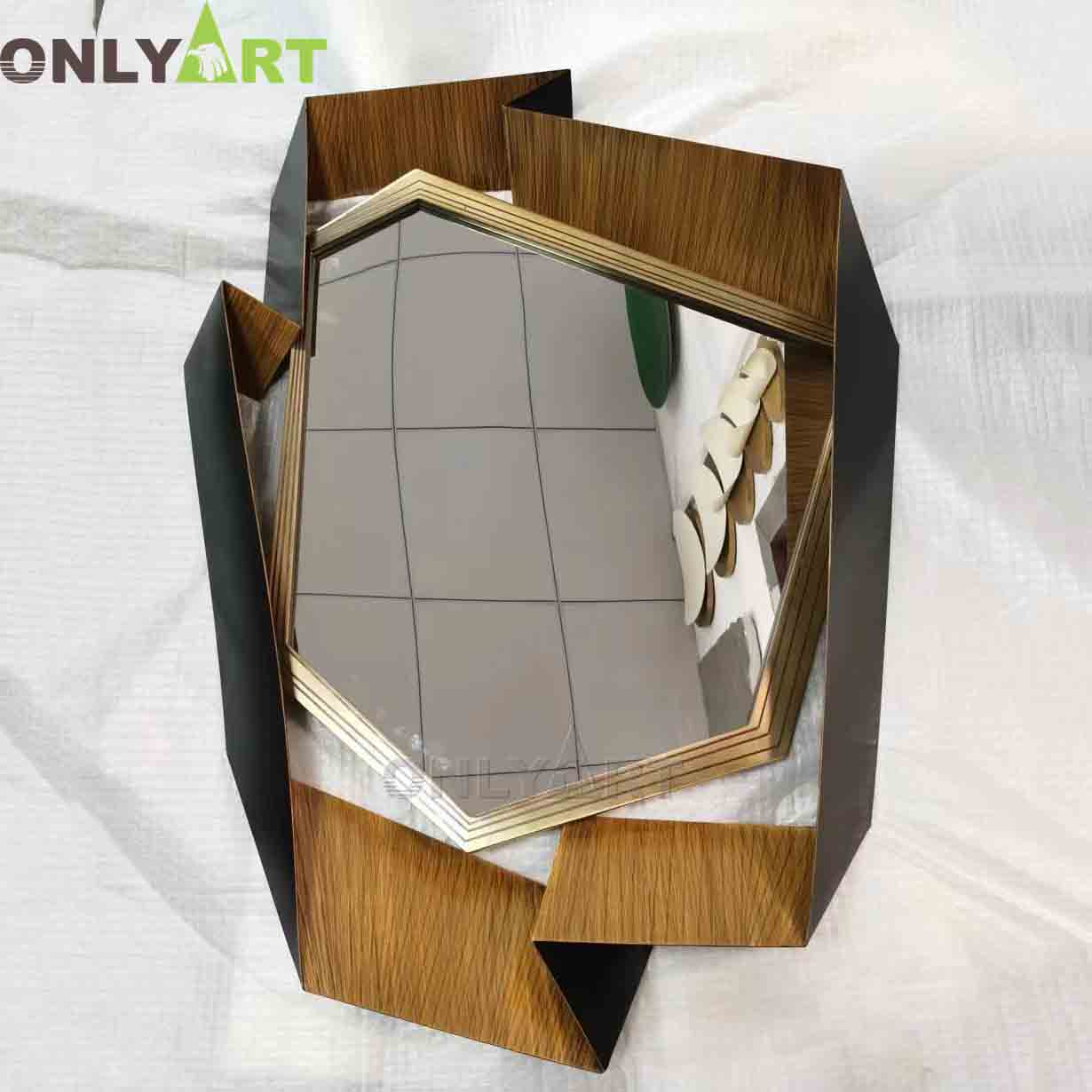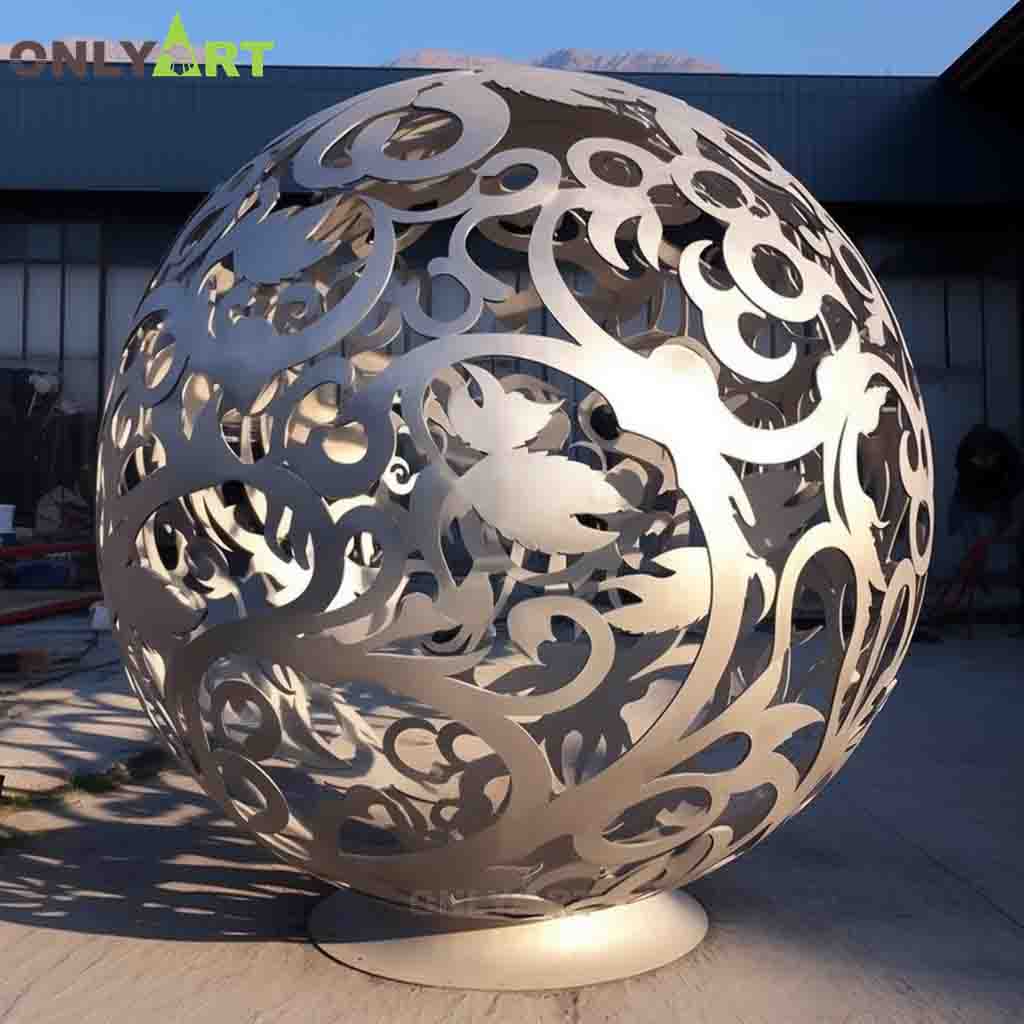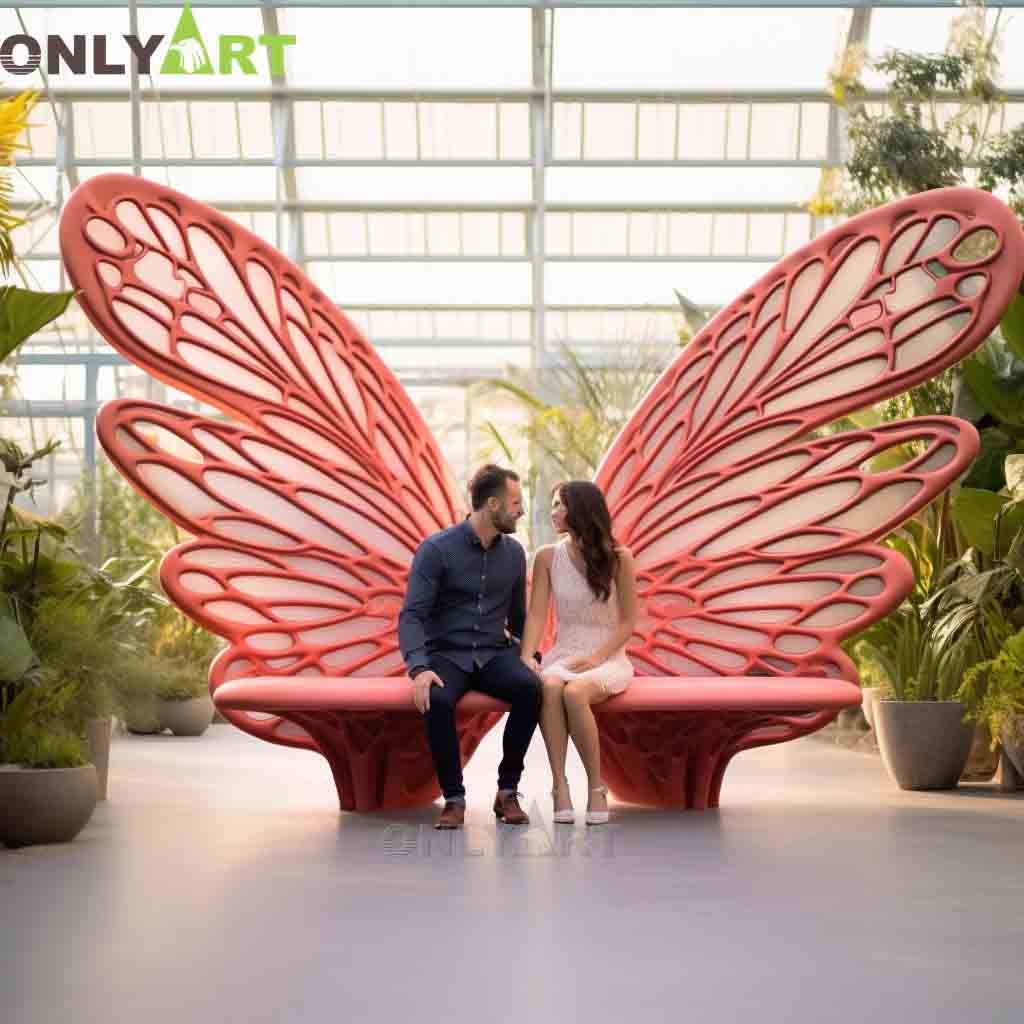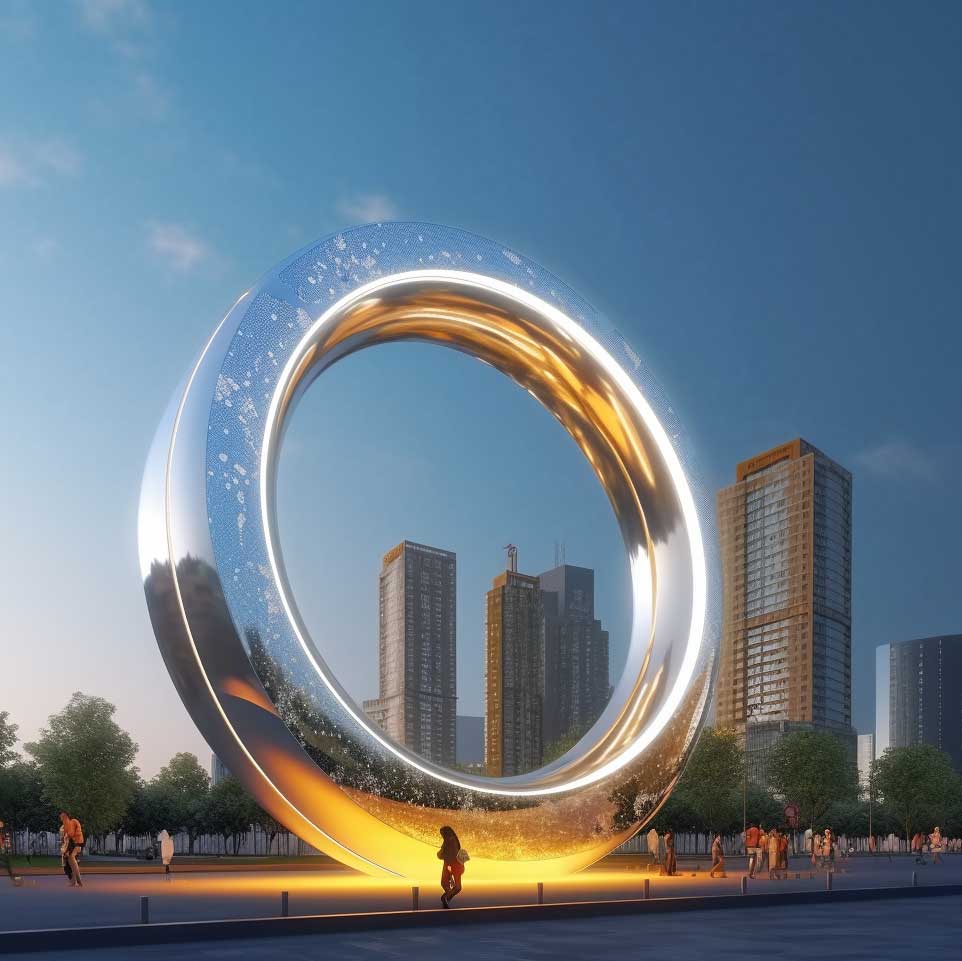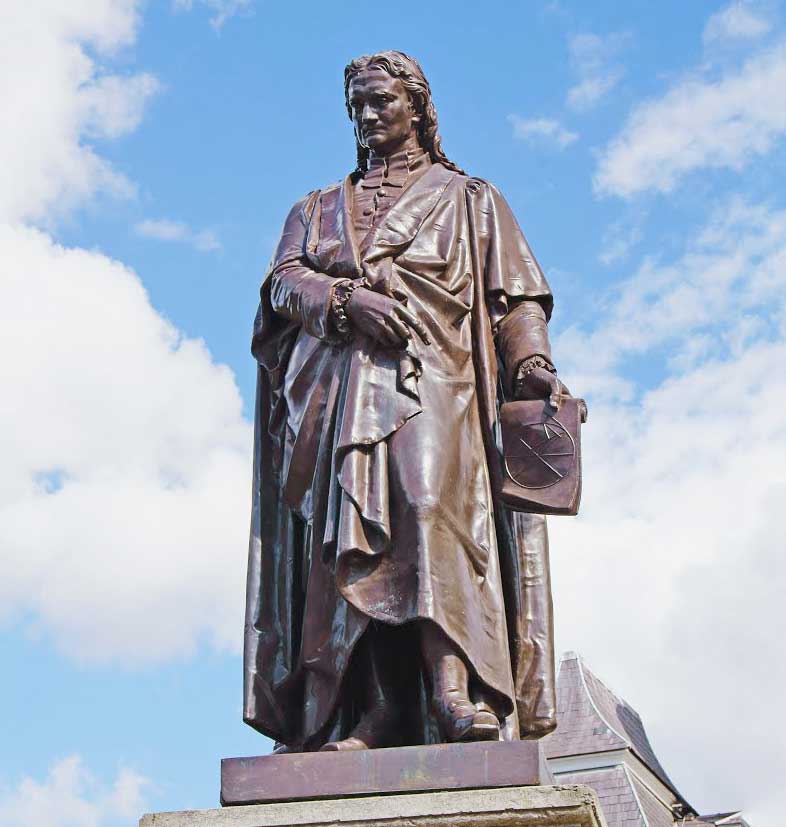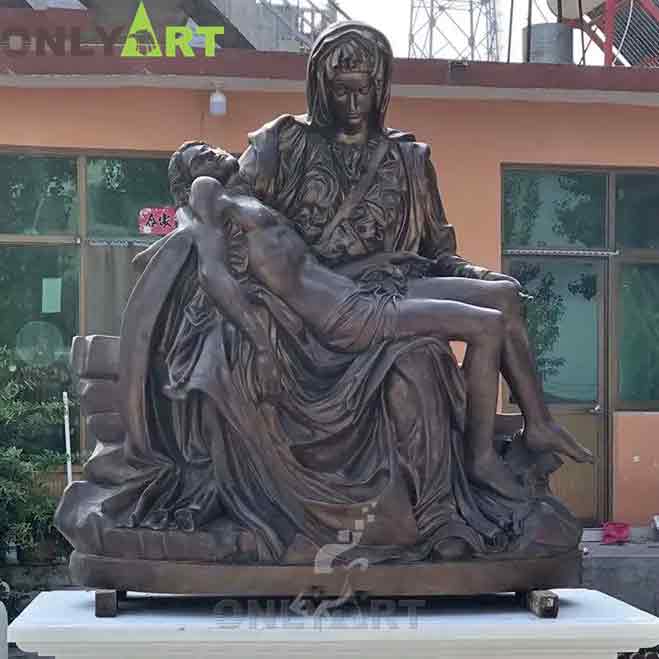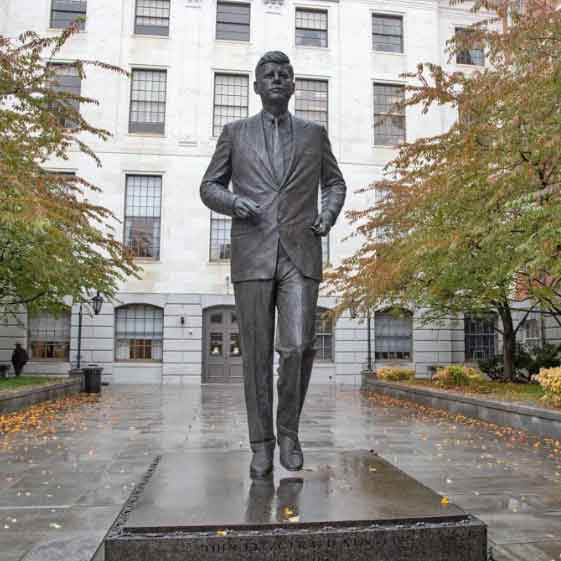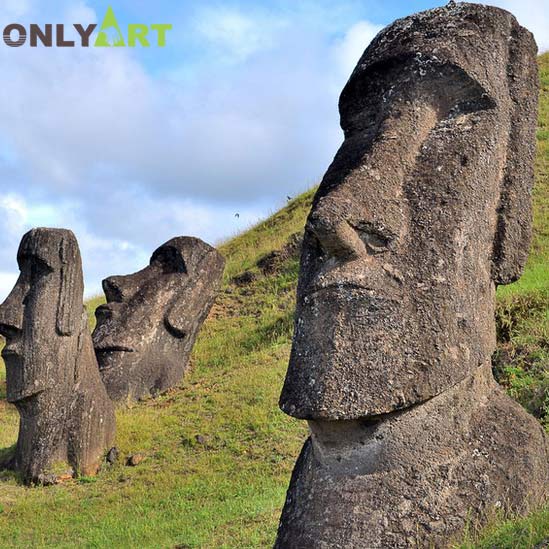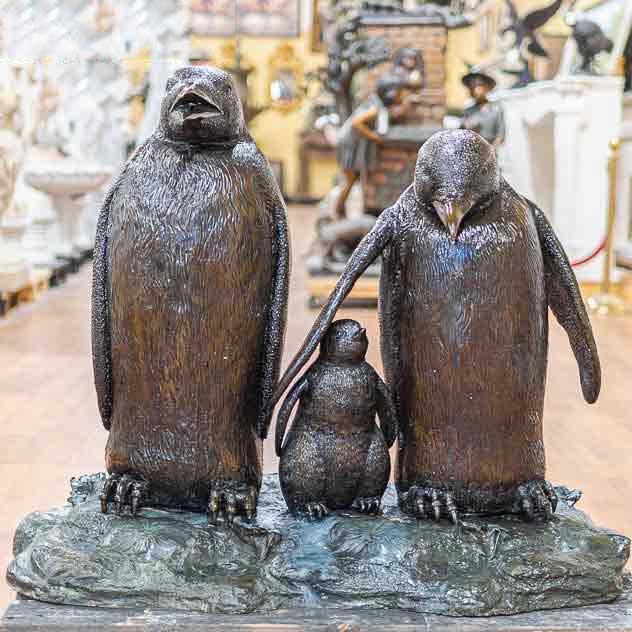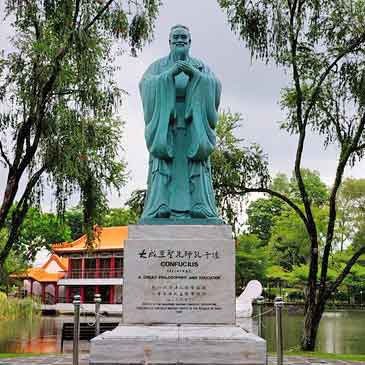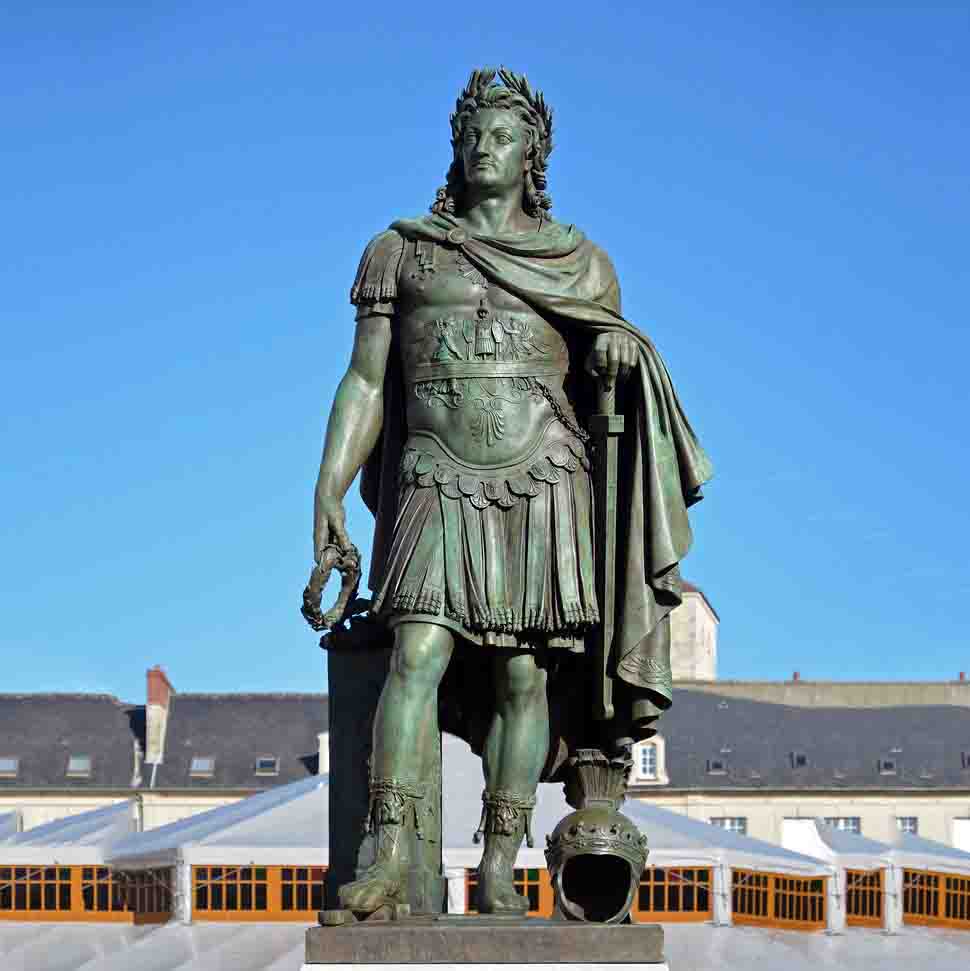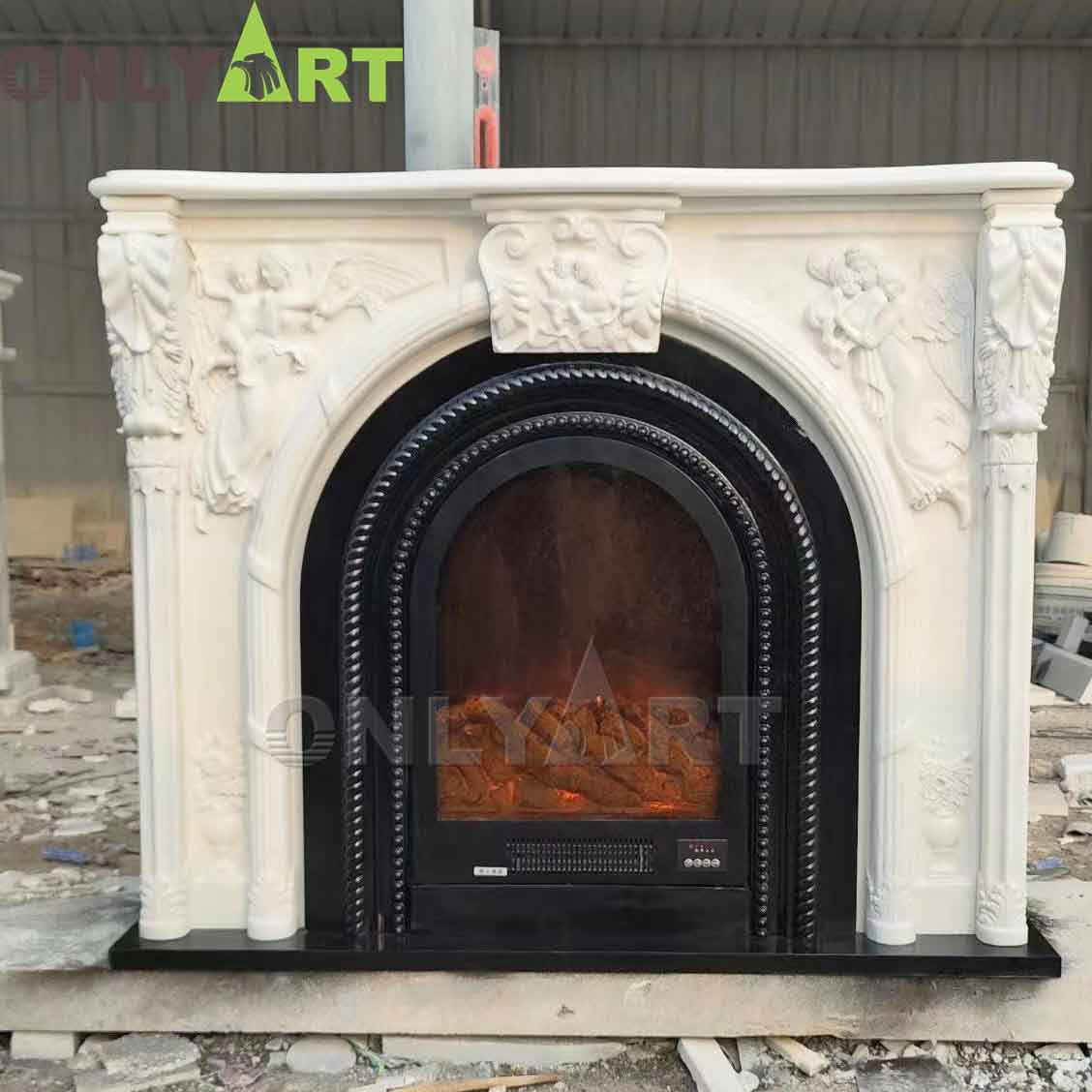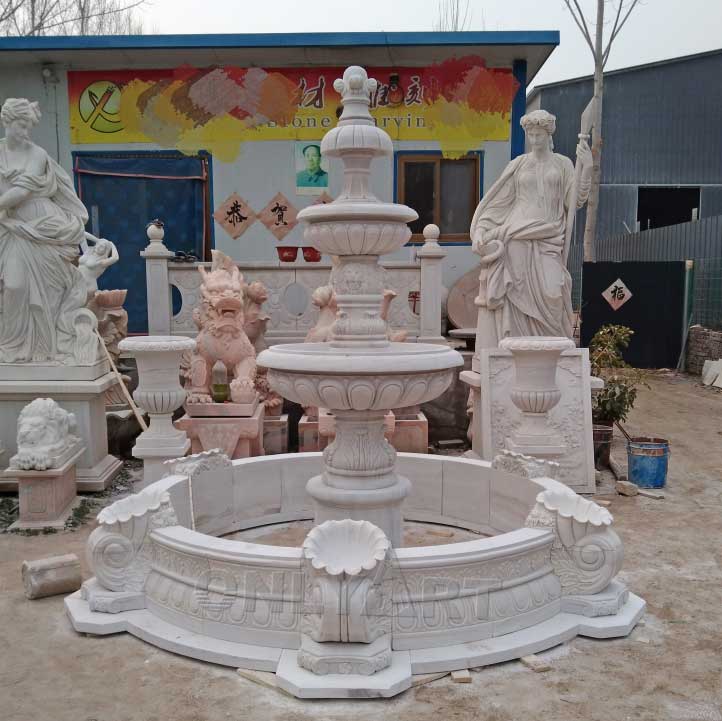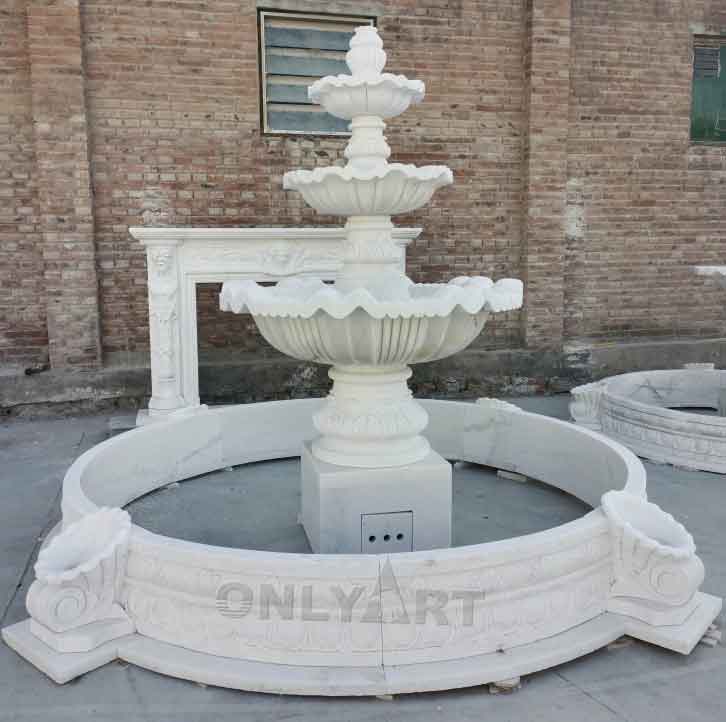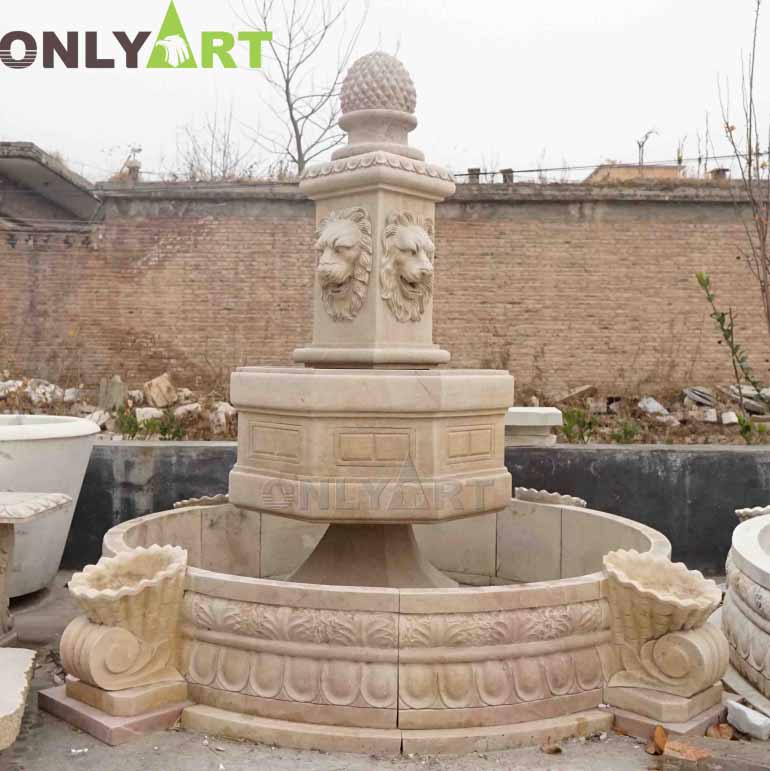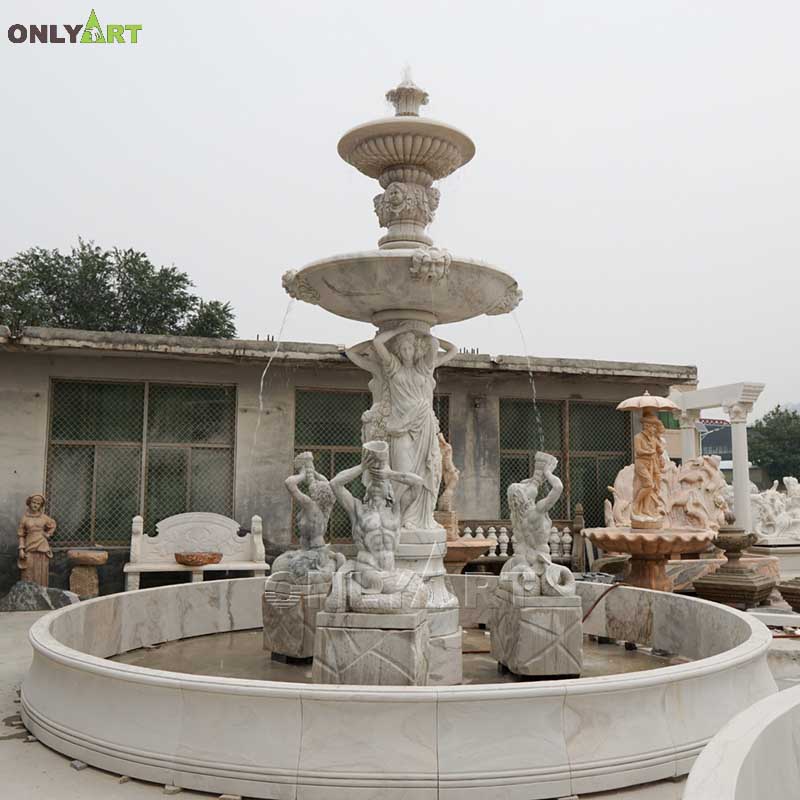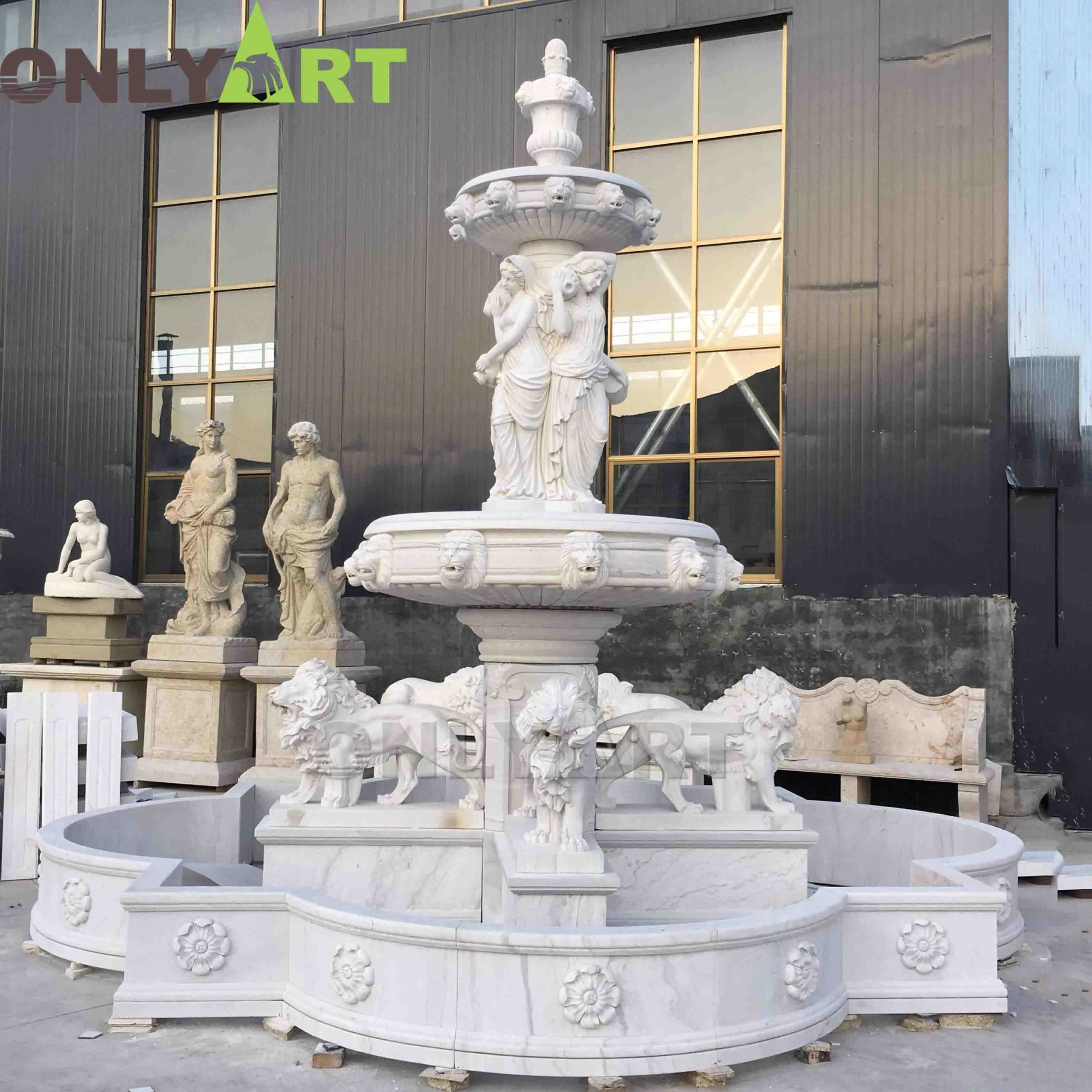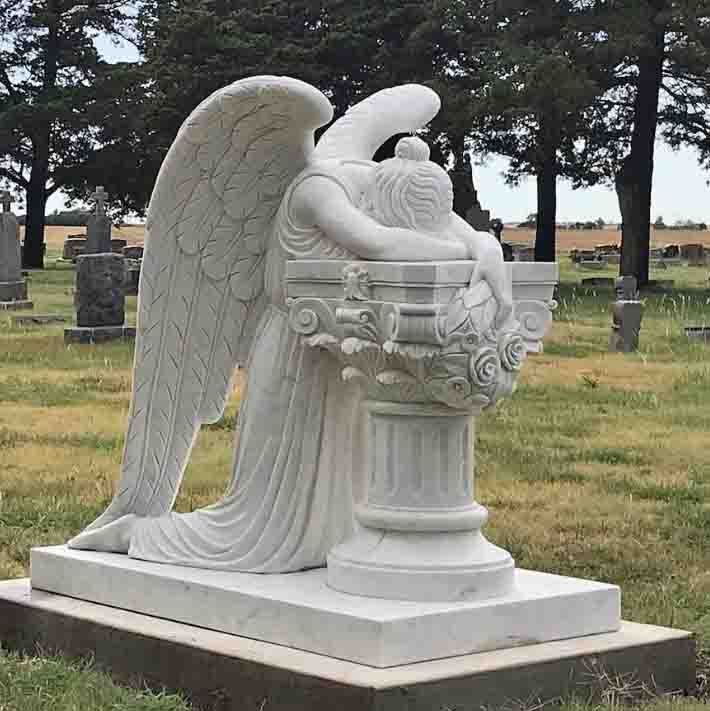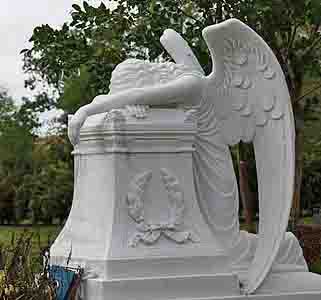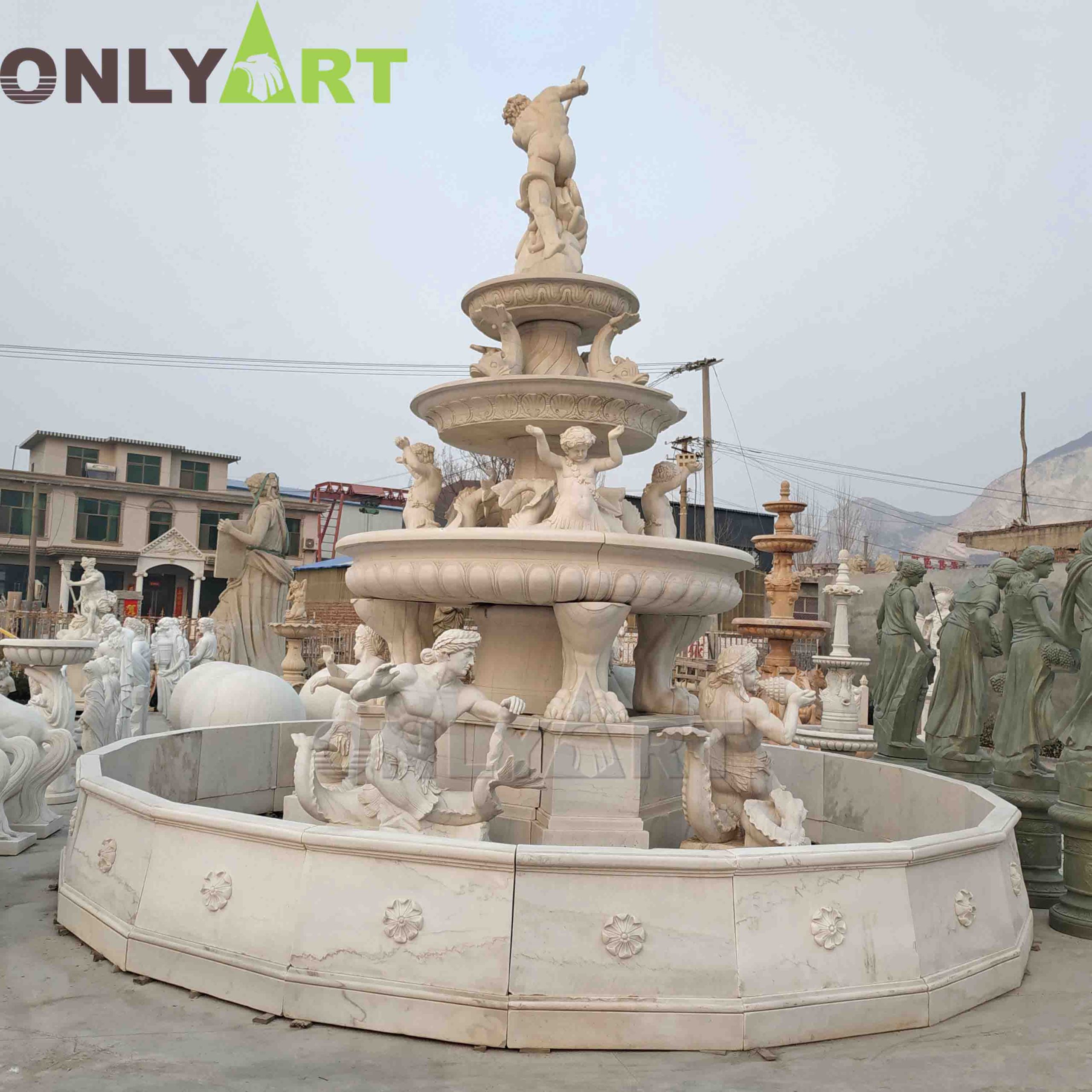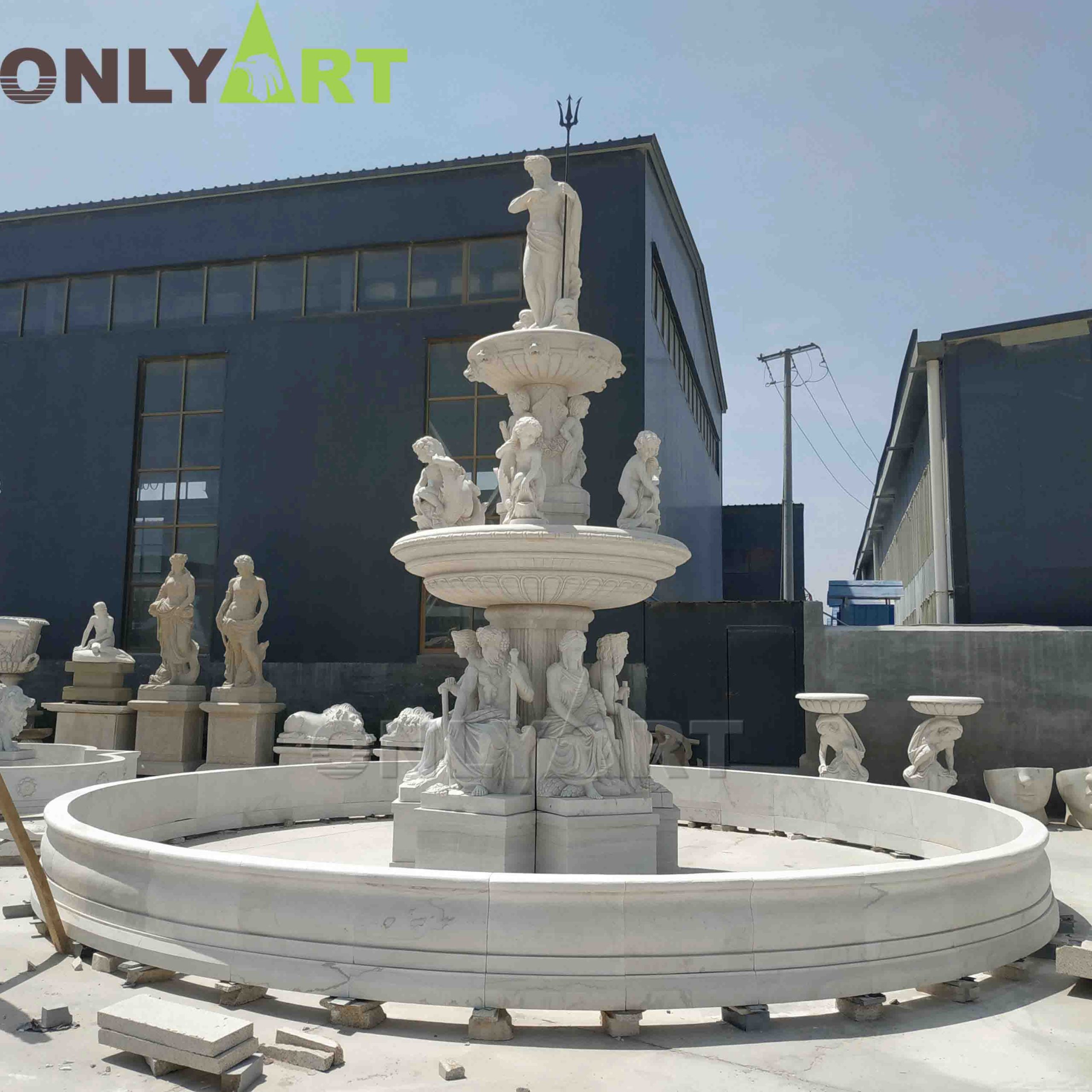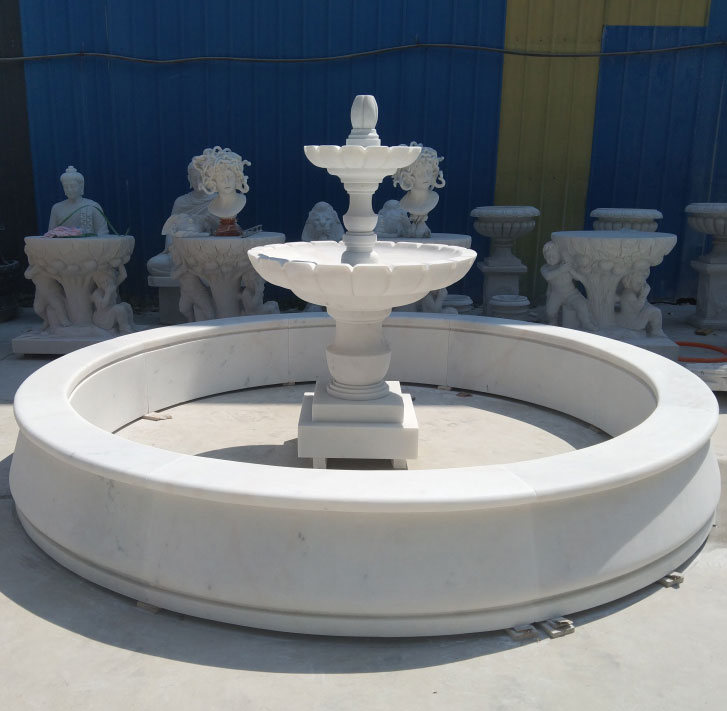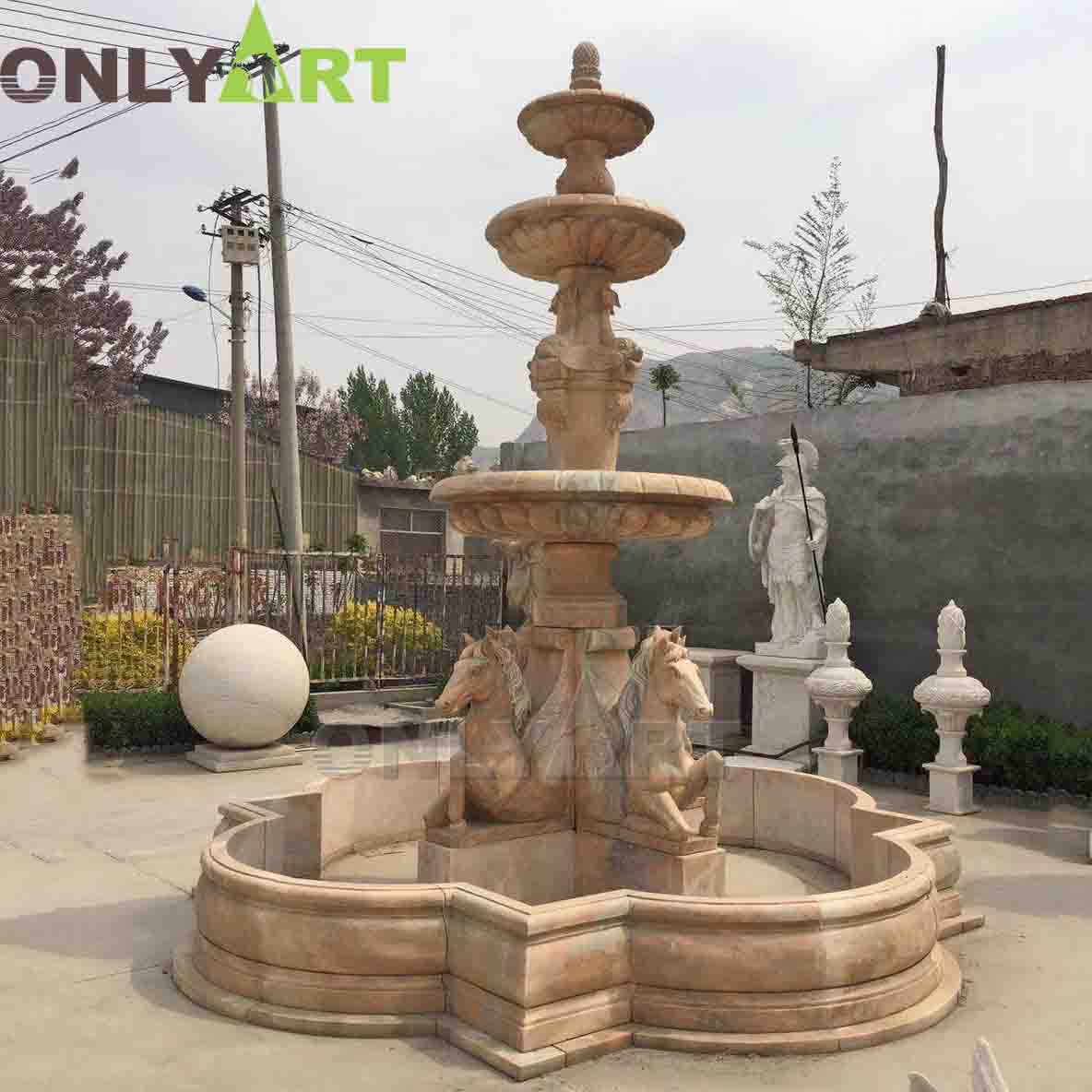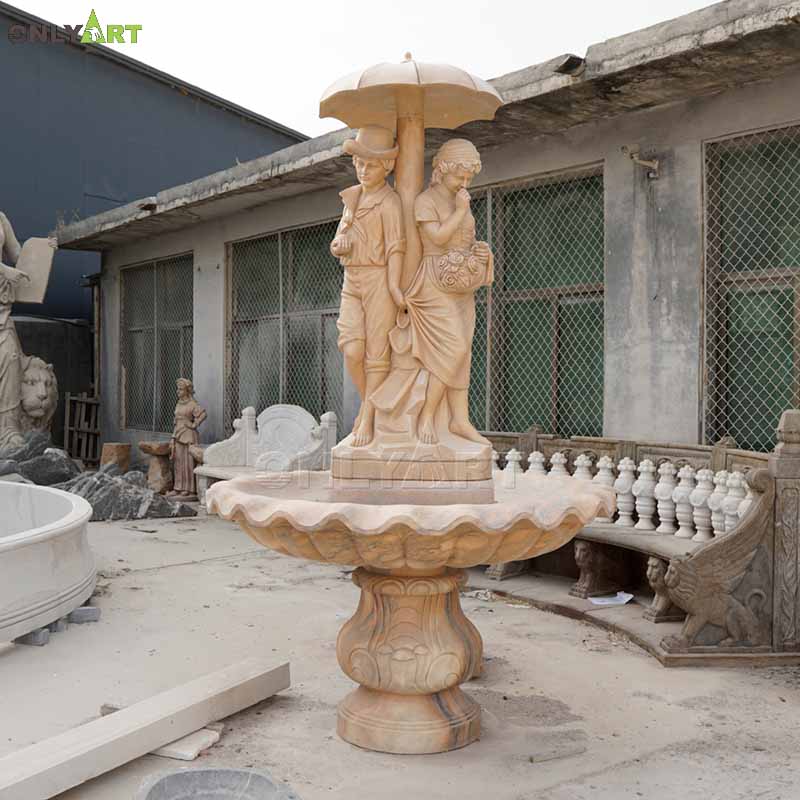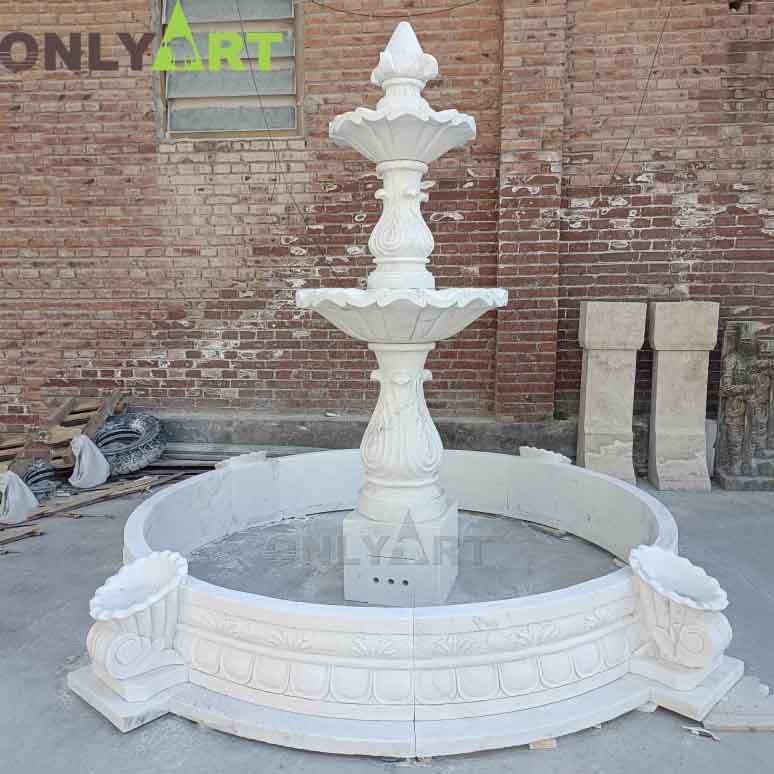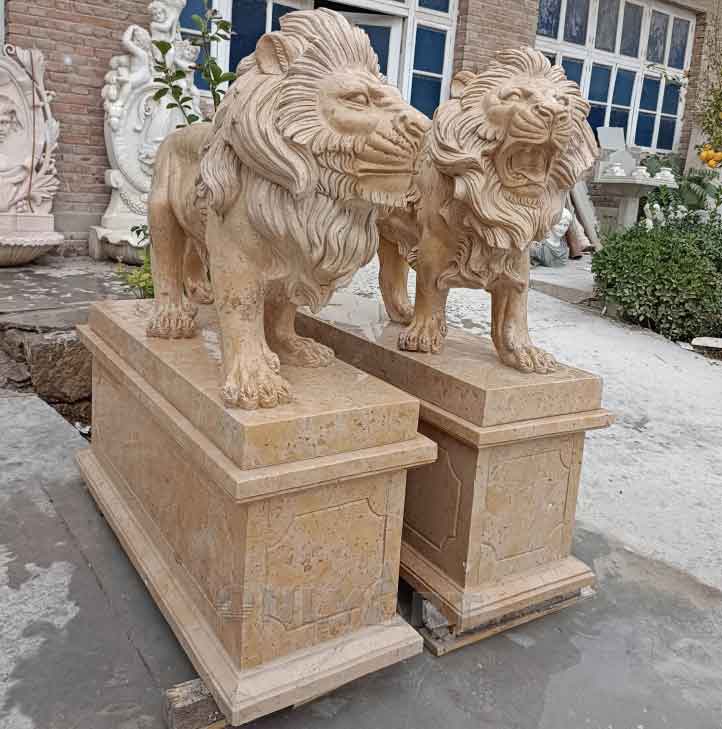World 22 Famous Marble Statues
As an important art form, Famous Marble Statues sculptures have played an important role in the history of mankind. Michelangelo used delicate carving techniques to make marble as soft as skin, showing shocking and delicate emotions. The scene of grief after the crucifixion of marble Christ is famous for its strong emotional impact and exquisite artistic expression. There are many Famous Marble Statues in the world that we have not seen or heard of, but they do not mean they do not exist. This article uses 22 examples to introduce some famous statues to you. Of course, there are still many marble sculptures waiting for us to discover, understand and know.
Satyr and Bacchante Statue
Satyr and Bacchante Statue are very famous artistic images in ancient Greek and Roman mythology. Dionysus statues Dionysus statues usually depict Dionysus (the god of wine in Greek mythology), and Satie statues Satie is the god of plants and forests in ancient Roman mythology, usually represented by a half-man, half-goat image. In “Bacchus and Ariadne”, Satir’s movements and expressions, as well as his interaction with Dionysus, reflect the reinterpretation of classical culture and the rise of humanism during the Renaissance.
Cultural significance These statues are not just works of art, they also reflect the cultural and religious background of the time. Dionysus and Satie each represent different myths and legends and symbolic meanings, and Michelangelo successfully conveyed these complex and rich connotations through the form of art.

Famous Female Venus of Milo Statue
The Venus of Milo Statue is a marble sculpture created by the ancient Greek sculptor Alexander of Antioch around 150 BC. It is now collected in the Louvre Museum in France. Features and appearance of the statue: The Venus de Milo statue is a half-naked marble goddess whose name and story are full of legend. Broken Arms: The most striking feature is her missing arms, a feature that has led to numerous speculations and explanations.
Some scholars believe she may be holding some kind of weapon or shield, but these details have not yet been determined. Since its donation to the Louvre in France in 1821, the statue has been the focus of the art world and the public. Although the age and background of the statue are widely recognized, many mysteries remain about her exact identity and the purpose of her arms.

Goddess of the Seasons Statue
Goddess of the Seasons StatueThe Goddess of the Seasons Statue is a magnificent ancient Greek statue that was part of the temple dedicated to the goddess Athena on the Acropolis of Athens. This statue, which represents the three seasons—Spring, Summer, and Winter—was created by the sculptor Phidias around the 5th century BCE.The statue is a composite figure consisting of three goddesses—Spring, Summer, and Winter—each standing on a separate base and facing forward.
The goddesses are surrounded by other deities and figures, including the goddess of victory and a dancing lion, which symbolize the triumph of the seasons over the forces of darkness and chaos. equivalent to four storeys of a modern building. The intricate details and the use of marble make it a masterpiece of ancient Greek sculpture.

Abduction Sabine Woman Statue
“Abduction of the Sabine Women” is an oil painting by Niccolò Pesarini, a famous Italian Renaissance artist, depicting a historical event in the 8th century BC. The painting details the scene in which the Roman hero Romulus took the Sabine women as trophies and raped them after conquering the city of Sabine. Cultural influence Poussin’s Abduction Sabine Woman Statue appeared repeatedly in art during the Renaissance and later, becoming a work that symbolized heroism and national pride. It was later presented as a sculpture.

Confucius Statues
Confucius Statues refer to statues erected in various public places and works of art to commemorate the famous thinker and educator Confucius. Confucius, whose name was Qiu and whose courtesy name was Zhongni, was one of the greatest philosophers, educators and politicians in ancient China. His thoughts had a profound impact on East Asian culture and social ethics, so Confucius statues have been built in many places around the world. Confucius statues are usually used to express respect and commemorate Confucius.

Famous Italian David Statue
The David Statue is a marble statue created by Michelangelo Buonarroti, a famous Italian Renaissance artist, between 1501 and 1504. The statue is 5.17 meters (17 feet) tall and represents the biblical hero David. The naked male figure standing in a posture shows a strong body and a firm expression. The clear muscle lines of the statue vividly show the strong aura of David as a hero. The statue background The David statue is located in the Accademia Gallery in Florence, Italy, where it has been collected since 1873.

Famous Greek Laocoön And His Sons Statue
Laocoön and His Sons statue is a very famous ancient Greek marble statue, now in the Vatican Museum. It depicts the Trojan priest Laocoön and his two sons, Antiphantes and Thymbraeus, being entangled and killed by sea snakes during the Trojan War. This statue has had a profound impact on later art and is considered one of the seven wonders of the ancient world. Its discovery and display not only enriched the history of Roman art, but also had an important influence on artists of the Renaissance.

Greek Woman Warrior Statue
Amazon Warriors are a mysterious tribe of female warriors who play an important role in ancient Greek myths and legends. Origin and legend Amazon Warriors first appeared in the Iliad by the epic poet Homer in the 8th century BC. Later, people began to create such Greek Woman Warrior Statue.

Pietà Statue
Michelangelo’s Pieta statue is a famous sculpture of the Virgin Mary holding the deceased Jesus Christ. Michelangelo was commissioned by the Pope to create this work in 1498 when he was 23 years old. The sculpture is located in the chapel of St. Peter’s Basilica in the Vatican. The statue depicts the Virgin Mary standing dignified and gracefully, caressing the dead Jesus with her right hand while her left hand gently supports the body of Jesus. Her posture reveals a sense of tranquility and holiness. Through the interaction between the Virgin Mary and the deceased Jesus, the statue symbolizes the tenderness and selflessness of maternal love, as well as the deep human emotions of death and mourning.

Moses Statue
Michelangelo’s Moses Statue is one of the representative works of the Renaissance, created between 1513 and 1516. Since there were no detailed images of Moses at the time, he used his imagination and understanding of the biblical text to shape this character. In the statue, Moses has horns on his head, and the statue’s posture is majestic and powerful, reflecting Moses’ important position as a legislator and religious leader. The statue is not only a religious object, but also has extremely high artistic value. Michelangelo demonstrated his superb skills in classical art and human sculpture through this statue.

Lucius Verus bust Metropolitan Statue
The Lucius Verus bust Metropolitan Statue was created between 161 and 169 AD and is made of Paros marble (plate armor) and Carrara marble (head) from Naples, Italy. The statue is 76 cm tall and is one of the representative sculptures of the ancient Roman period. The face of the statue is very finely processed, and the polished marble contrasts with the curly beard and hair, showing the magnificent and delicate image of the emperor. Its fine details and rich decoration, especially the treatment of the stone surface, make it an outstanding representative of the level of ancient Roman craftsmanship.

Marble Sphinx Statue
The Marble Sphinx Statue refers to the famous Sphinx statue in the Temple of Artemis in ancient Greece. The statue was built in the 6th century BC by the architect Phidias. The Sphinx statue is usually presented as a majestic sphinx with a huge head and a strong body. The statue was originally placed at the entrance of the Temple of Artemis, symbolizing protection and guidance. As culture spread, the ancient Greek version of the Sphinx became more terrifying and aggressive, becoming one of the main villains in mythology. Later, people kept imitating and copying it into various similar sculptures.

Cupit Kindling the Torch of Hymen Statue
The Cupit Kindling the Torch of Hymen Statue is an important symbolic element. It is not just a secular symbol, but also incorporates elements of multiple religions and Christianity. The torch of the Statue of Liberty imitates the lamp of Moses in the Bible. In the Bible, Moses received the Ten Commandments from God on the mountain, and the lamp symbolized revelation and the transmission of divine wisdom. Therefore, the torch in the statue represents wisdom and guidance. The statue itself was designed by the ancient Greek sculptor Bartolomeo Ferdinando Michelangelo, while the torch was designed by the French sculptor Frédéric Auguste Bartolomeo.
Cultural Influence The Statue of Liberty and its torch have become an important symbol of American culture, widely appearing in various celebrations and commemorations.

Discobolus Statue
“Discobolus” is one of the masterpieces of Myron, a famous sculptor in the classical period of ancient Greece. Myron created the sculpture around 450 BC. The sculpture was originally made of bronze and has now been lost. However, most of the existing copies are made of marble. This image praises the beauty of the human body and the vitality contained in movement. The huge explosive power contained in the statue and the calm expression on the face convey the restrained rational spirit of the ancient Greeks.

Winged Victory of Samothrace
The Winged Victory of Samothrace is a famous statue from ancient Greece. It was unearthed on the Greek island of Samothrace and stands at the top of the Daru Staircase in the Louvre. She is a sculpture of the goddess of victory in Greek mythology, symbolizing victory, good luck and success. She is the daughter of the Titan Pallas and the goddess of the underworld Styx, and in a sense, she is also a goddess of fate. The statue of the goddess of victory has a pair of wings, a fit body, and fluttering clothes. She descends from the sky with a calm posture.

Venus de’s Medici Statue
Venus de’ Medici statue is a famous marble statue from the Italian Renaissance, also known as Venus de Milo. It is a classic of ancient Greek sculpture and is known as “the most famous and beautiful armless statue in the world”. The statue depicts the goddess Venus instinctively covering her breasts and genitals, as if hiding from prying eyes, a detail that gives the statue a mysterious and tense atmosphere. Its discovery greatly inspired the art world and national pride at the time, and is regarded as one of the important symbols of the Italian Renaissance

Augustus of Primaporta Statue
Augustus of Primaporta Statue Overview Augustus of Primaporta is a white marble statue completed in the first century AD, about 2.04 meters high. It was commissioned by Livia, the widow of the Roman Emperor Augustus, between 14 and 29 AD. The face of the statue is idealized, with the focus on the eyes, giving it emotional expression. The statue is not only based on the emperor’s appearance, but the breastplate is also decorated with allegorical reliefs, showing the nobility and majesty of the Roman emperor. It is one of the most famous sculptures during the Roman Empire.

New York Kouros Statue
The New York Kouros Statue is an ancient Greek statue of a naked youth dating from 590 to 580 BC, now in the collection of the Metropolitan Museum of Art in New York. In ancient Greece, nudity was considered a manifestation of virtue. The perfect male body symbolized perfect morality, so the Kouros statue played a role of spurring and inspiring in public. From the Orientalization period to the late Archaic period, the Greek sculpture style gradually loosened from geometric and Egyptian to natural, which is particularly evident in the Kouros statue.

Belvedere Torso
Belvedere Torso The original sculpture, called Belvedere Torso, was created in ancient Greece in the 1st century BC. It was discovered in Rome in the early 15th century and gradually attracted great attention from the art world. It was later confiscated by the Roman authorities and transported to Rome. The sculpture had a profound influence on artists of the Renaissance, especially Michelangelo, who called it “the school of Michelangelo”. Due to its incomplete but fine carving craftsmanship and ancient Greek cultural background, the work occupies an important position in art history.

Famous Male Dying Gaul Statue
The Dying Gaul Statue is a famous marble statue from the ancient Roman period, believed to be a bronze statue from the Hellenistic period copied by the Romans. The statue was commissioned by King Attalus I of Pergamon to an unknown artist between 230 BC and 220 BC. The excavation of the statue provides important material evidence for the study of ancient Roman art and ancient cultural exchanges. The Dying Gaul is now in the Musei Capitolini in Rome, Italy. It is one of the most famous statues in the museum and one of the most famous works in the classical era that are used to promote military exploits.

Farnese Hercules Statue
The Farnese Hercules Statue is a famous statue in ancient Greek mythology, built by Michelangelo in the early 3rd century AD for the grand baths of Roman Emperor Caracalla. Every part of the statue is meticulously carved, especially the image of Hercules, showing his fatigue and strength after completing the twelve tasks. This statue is not only a representative of ancient Roman art, but also an important symbol of ancient Greek mythology in European culture.

Psyche and Eros Sculpture
Psyche and Eros Sculpture usually explores the emotional connection between Psyche and Eros, the gods representing the mind (Psyche) and love (Eros) in ancient Greek mythology. In ancient Greek mythology, Psyche and Eros are two important gods with unique symbolic meanings. These two gods not only have an important position in mythology, but also frequently appear in art and literature. The cultural significance of Psyche and Eros Sculpture lies in exploring the nature of human mind and emotions.

Tell Us About Your Specific Needs For Custom Sculpture!
Contact Us 24 Hours A Day
Mob : +86 18830171031
Manager Email: Lily@onlyartsculpture.com
Production Department Email: info@onlyartsculpture.com
ADD:073100 Baoding Huaishunian Quyang, Hebei China

